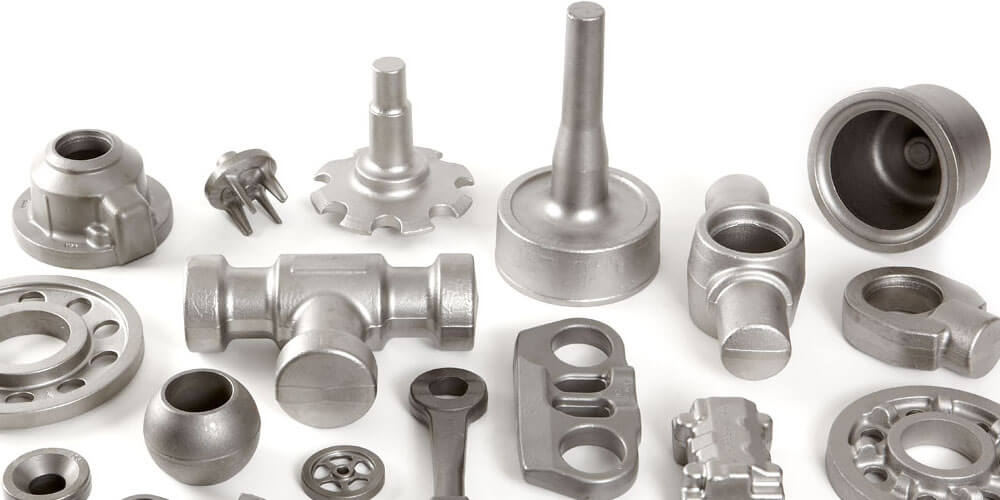Cold forging is one of the efficient processes for producing workpieces with superior properties. For a company to optimize this process, it should use a lubricant: that way, moderate loads for single operations become possible.
Analyzing the phases of cold forging lubricant operations
But manufacturers can also utilize multistage operations for adhesion. This is because of the high sliding distances of material used for forging products. Therefore, it is vital to present the results from a cold forging tribometer using a test. The test usually reveals that there is a high impact of lubricants on the tools. Click here to learn more about cold forging lubrication.
Lubrication of cold forging materials
The remaining lubricant will decrease the coefficient of friction. Besides the conventional lubrication of the materials, tests with specific lubricated tools have also been conducted. The investigations indicate a decrease in friction co-efficiency. Tests with lubricated surfaces can help to optimize multistage cold forging. This is because the lubricants may be trapped on the surface of the tools.
Results of the test
To avoid complex lubrication of the materials used, companies must invest in appropriate lubrication tools. The manufacture of tools in steel and copper using cold forging has risen in the past years. This is because the two materials are efficient. Typical processes are backward extrusion, ironing, and radial extrusion.
That said, the tribological conditions of cold forging are severe. This is following the extended surface expansion coupled with normal tool pressure. Finally, there are elevated tool temperatures that companies should consider for perfect results.
What it takes to have a successful cold forging operation
Other than the simple cold forging operations, a company should use advanced lubrication systems to have a successful production. The next phase of production through cold forging analyzes what it takes for a manufacturer to enjoy the success of putting lubricants in steel during production. This is possible even in aluminum alloys that involve basic operations. Some of these operations are such as slug cleaning and the conversion of coatings to end-user products.
The use of zinc as a lubricant in cold forging
As the rise in the use of cold forging in manufacturing processes continues, metal manufacturers realize a need to try different lubricants. Zinc phosphate is one such component. Combined with a soap lubrication system, it acts as a perfect material for cold forging operations.
But there are the chemical byproducts of the lubrication system, and they are not easily disposable. Other than that, they have a precarious impact on the environment. To replace lubricants with zinc sulfate, manufacturers can use candidate lubricants.
Results for using zinc
When zinc is used for coating, two parts of a system with a pre-coat and lubricant are also used. The pre-coat helps prepare the billet’s surface for coating the zinc phosphate aids in conversion processes.
Final Thoughts
As the world of cold forging continues to evolve, the performance of lubricants is being conducted. Most manufacturers use the backward extrusion test by the engineering research group to test these processes.
